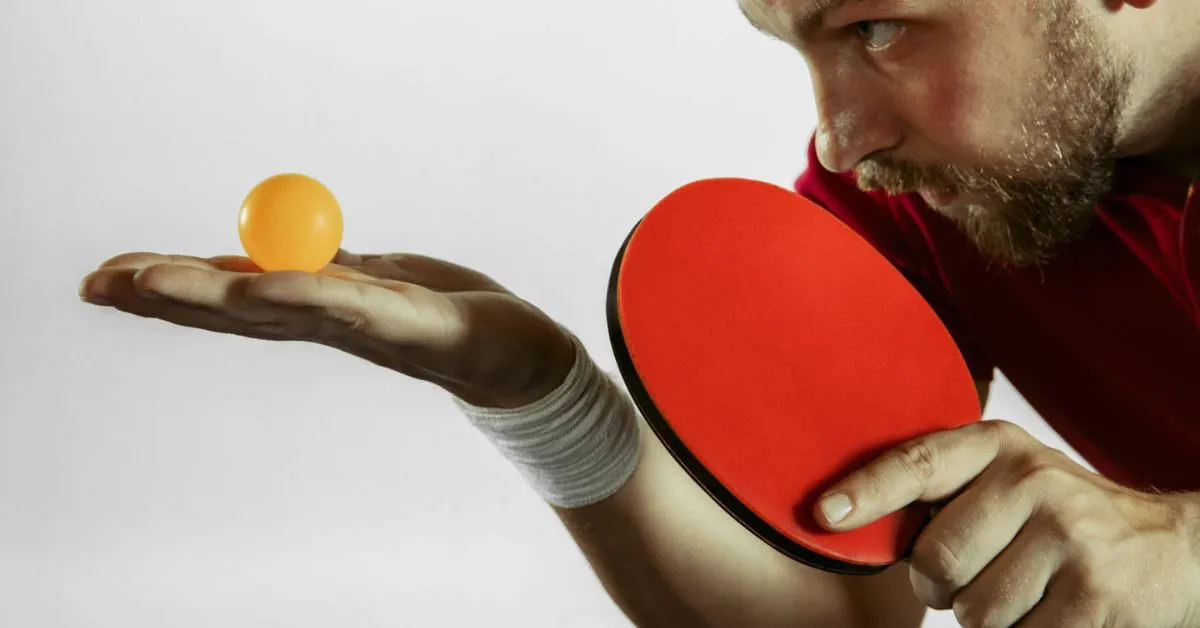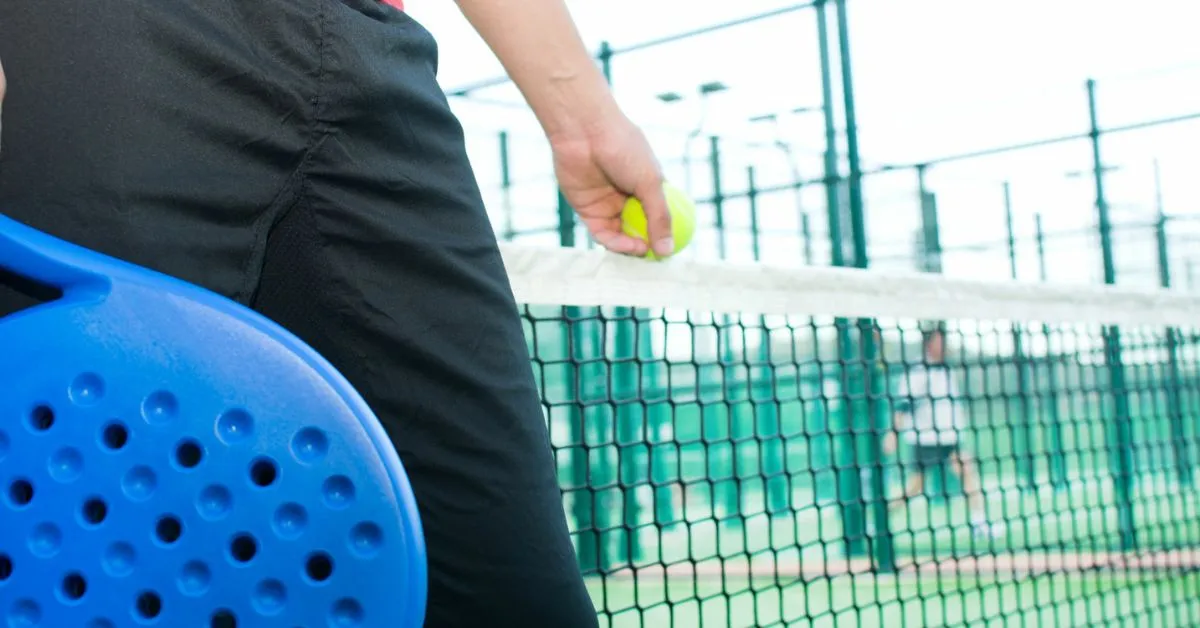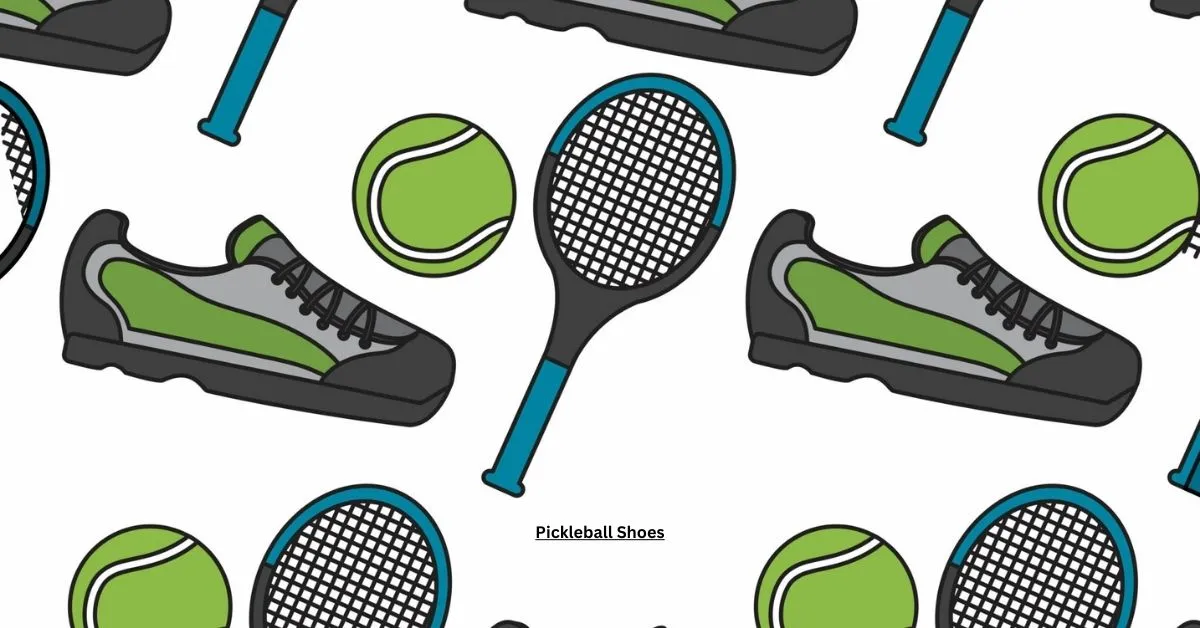In the exhilarating world of Pickleball, precision reigns supreme, and no facet is more critical than serving. As you step onto the court, poised and paddle in hand, understanding the nuances of Pickleball Serving Rules becomes your gateway to domination. This Ultimate Guide is not just a mere compendium; it’s your passport to a deeper comprehension of the sport’s heartbeat.
Picture this: you stand at the baseline, ready to initiate the rally. The serve, an initiation steeped in tactical prowess, sets the tone for the entire game. For the uninitiated, navigating through the intricacies of Pickleball Serving Rules might seem daunting, but fear not. This guide is your beacon, illuminating the path to mastery.
In the realm of Pickleball, where finesse meets strategy, the service rules act as your silent companions, dictating the tempo of play. Each swing, each spin, and every bounce must adhere to a set of guidelines that elevate the game from mere recreation to a symphony of calculated moves.
Delve into the chapters that follow, where we dissect the anatomy of a serve, exploring the spin dynamics and pinpointing the pivotal moments that can turn the tides in your favor. Uncover the secrets of proper positioning, the subtle art of deception, and the mental acumen required to outwit your opponent.
This is not just a guide; it’s a revelation, a meticulous breakdown of the sport’s heartbeat that will leave you not just informed but inspired.
So, fellow Pickleball enthusiasts, embark on this journey of discovery. Let the Ultimate Guide to Pickleball Serving Rules be your companion as you navigate the exhilarating labyrinth of this sport in 2024.
Understanding Basic Pickleball Serving Rules
Pickleball is a popular sport that combines elements of tennis, badminton, and ping-pong. It is played with a paddle and a plastic ball on a court with a net. Serving is a crucial aspect of pickleball, as it initiates each rally and sets the tone for the game. To ensure a fair and competitive match, it is essential to understand the basic serving rules in pickleball.
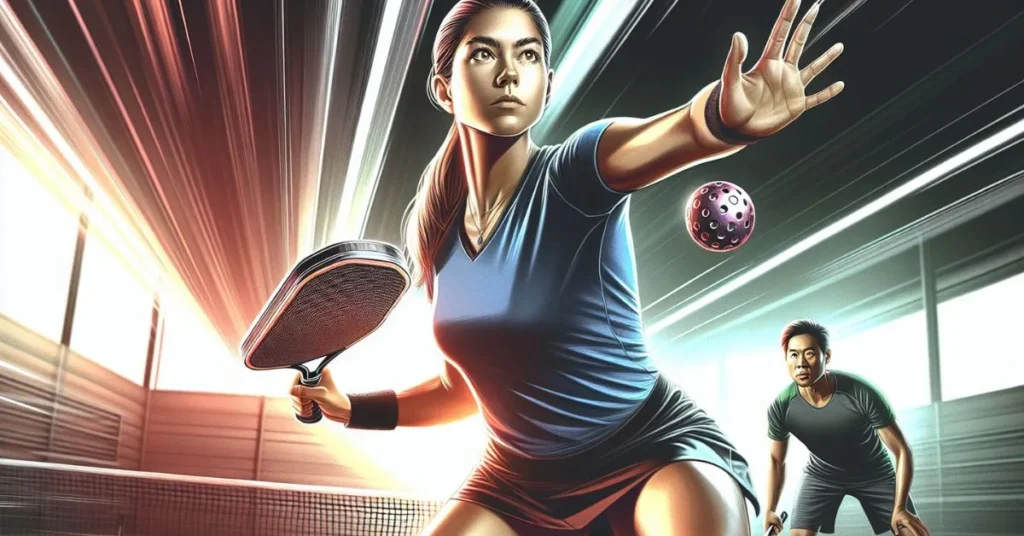
Defining Pickleball
Pickleball is a racquet sport that originated in the mid-1960s. It was created as a family-friendly game to keep children entertained during the summer. Pickleball is played on a rectangular court, which is divided into two halves by a small net. The objective of the game is to hit the ball over the net and land it within the opponent’s court, while avoiding any faults or violations.
The Role of Serving in Pickleball
Serving is the action of starting a rally by hitting the ball over the net to the opponent’s court. It is a critical aspect of pickleball, as it allows the server to dictate the beginning of the point and potentially gain an advantage. The server has the opportunity to place the ball strategically, forcing the opponent into a defensive position. Therefore, understanding the serving rules is vital to gaining a competitive edge in pickleball.
Serving Sequence and Rotation
In pickleball, the serving sequence and rotation are determined by the players’ positions on the court at the start of the game. The serving team consists of one or two players, depending on whether it is a singles or doubles match. The server must stand behind the baseline and diagonally opposite their opponent, ensuring a fair start to the rally.
Initial Service in Pickleball
Importance of the First Serve
The first serve in pickleball holds significant importance as it sets the tone for the entire match. It allows the server to establish control over the rally and dictate the pace of the game. A well-executed first serve can put the receiving team on the defensive and increase the server’s chances of winning the point.
Correct Starting Position for the First Serve
When serving for the first time in a game, it is crucial for the server to be positioned correctly. In doubles, the server must stand within the right-hand half of the court, both at the baseline and during the serve. This ensures fairness and equal opportunities for both teams.
Common Violations in Initial Serving
There are a few common violations that can occur during the initial serve in pickleball. These include stepping on or beyond the baseline before making contact with the ball, failing to serve to the correct quadrant of the opponent’s court, or serving before the referee or opponent is ready. It is essential to be aware of these violations and avoid them to maintain fairness in the game.
Double Bounce Rule
Comprehending the Double Bounce Rule
The double bounce rule in pickleball states that both teams must allow the ball to bounce once on each side before they can hit the ball out of the air (volley). This rule encourages longer rallies and fair play, as it prevents players from dominating the game with aggressive volleys at the net.
Practical Examples of the Double Bounce Rule
To better understand the double bounce rule, consider the following scenario: the server hits the ball over the net, and it bounces on the opponent’s court. The receiving team must let the ball bounce before returning it. Once the ball has bounced on both sides, either team can then choose to volley or hit the ball out of the air.
Implications of the Rule in a Pickleball Match
The double bounce rule significantly impacts the pace and style of play in pickleball. It encourages players to develop patience and strategic shot placement, rather than relying solely on powerful volleys. The rule also promotes longer rallies and engages players in more back-and-forth exchanges, increasing the excitement and enjoyment of the game.
Faults in Pickleball Serving
Understanding Serving Faults
Serving faults occur when a player fails to comply with the serving rules in pickleball. These faults can result in the loss of the serve or even points for the opposing team. It is essential to have a clear understanding of serving faults to avoid unnecessary penalties and maintain fairness in the game.
Common Mistakes Leading to Serving Faults
Several common mistakes can lead to serving faults in pickleball. These include stepping on or across the baseline before making contact with the ball, failing to hit the ball cleanly or directly, and serving the ball out of bounds or into the net. It is crucial to practice proper serving technique and be mindful of these potential faults during a match.
Consequences of Serving Faults
When a serving fault occurs, the server loses the opportunity to earn a point and must pass the serve to the opposing team. Serving faults can also result in penalties if committed repeatedly. It is essential to strive for accuracy and adhere to the serving rules to avoid any unnecessary setbacks in the game.
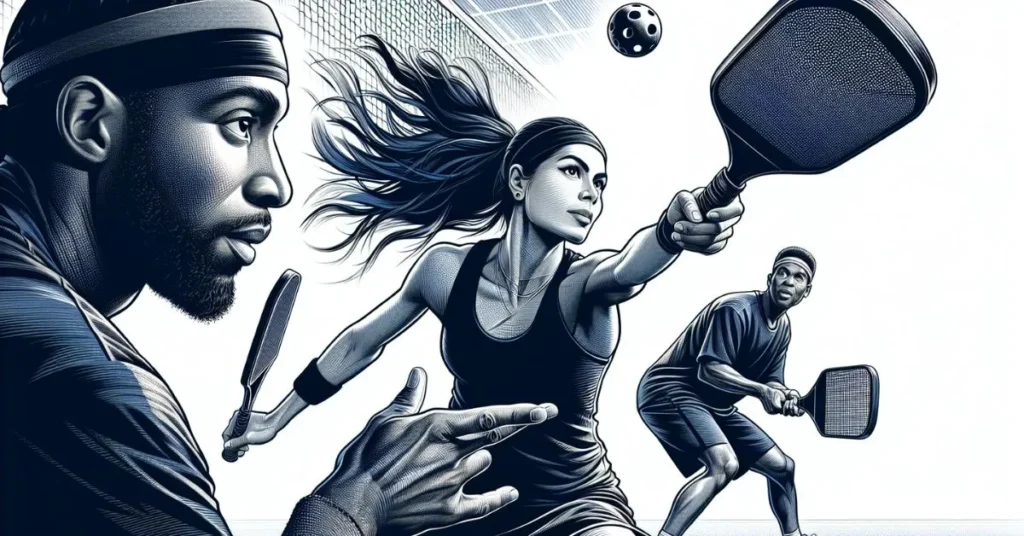
Service Sequence in Doubles Match
Specifics of a Doubles Match Serving Sequence
In a doubles match, the serving sequence follows a specific pattern. The serving team starts the first game, with one player designated as the initial server. After each point, the serve rotates to the opposing team. Once the serving team loses a point, the serve switches to the other team, and the receiving team becomes the serving team. This rotation continues throughout the game.
Rotating Service in Doubles
The rotation of service in doubles allows for equal opportunities for all players involved. Each player on the serving team has the chance to serve, ensuring fairness and diversity in gameplay. It also adds an extra layer of strategy, as teams can strategically position their strongest servers at advantageous points in the game.
Use of Court Sections for Serving in Doubles
In doubles, the court is divided into specific sections for serving. The server must stand within the right-hand half of the court, both at the baseline and during the serve. This arrangement ensures proper rotation and encourages fair play among all players involved.
Service Sequence in Singles Match
Specifics of a Singles Match Serving Sequence
In a singles match, the serving sequence differs from doubles play. The server always serves from the right-hand side of the court but can choose which quadrant of the opponent’s court to serve to. This variation allows for more strategic serving tactics in singles matches.
Navigating Serving in Singles
Serving in singles requires players to employ different strategies and techniques compared to doubles matches. With only one opponent to consider, players can focus on targeting specific areas of the court to put their opponent at a disadvantage. It is crucial to adapt and refine serving skills when transitioning between singles and doubles play.
Rules Disparity Between Singles and Doubles
While the basic serving rules remain the same in both singles and doubles, there are specific differences to consider. The serving sequence, positioning on the court, and strategic considerations vary between the two formats. It is important to be aware of these disparities and adjust your gameplay accordingly to maximize your chances of success.
Non-Volley Zone Rule in Serving
Defining the Non-Volley Zone
The non-volley zone, also known as the kitchen, is an area of the court where players are not allowed to volley the ball. It extends seven feet from the net on both sides and is marked by the non-volley zone line. This rule promotes fair play and prevents players from dominating the game with aggressive shots near the net.
Non-Volley Zone Serving Restrictions
When serving in pickleball, there are specific restrictions within the non-volley zone. The server must stand behind the baseline during the serve, even if it is beyond the non-volley zone line. However, once the ball has crossed the net and bounced on the opponent’s court, the server is free to move into the non-volley zone if they choose to do so.
Handling Non-Volley Zone Violations
If a player violates the non-volley zone rule when serving, it results in a fault. The opposing team is awarded the point and gains the opportunity to serve. It is crucial to exercise caution and ensure compliance with the non-volley zone rule to avoid unnecessary penalties in the game.
Re-Serve Rule
Understanding the Re-Serve Rule
The re-serve rule in pickleball allows for a second attempt at the serve in specific situations. If the server commits a foot fault or serves the ball out of bounds, the referee may call for a re-serve. This rule provides an opportunity to correct mistakes and maintain fairness in the game.
Situations Requiring a Re-Serve
A re-serve is typically called when the serve does not meet the requirements set by the serving rules. This may include stepping on or across the baseline before making contact with the ball or serving the ball into the wrong quadrant of the opponent’s court. The re-serve rule allows for a second chance to execute a proper serve.
Incorrect Application of the Re-Serve Rule
While the re-serve rule aims to rectify serving mistakes, it is essential to apply it correctly and consistently. In some instances, referees may incorrectly call for a re-serve or overlook a fault, leading to confusion and potential disputes. It is crucial for players and referees to have a clear understanding of the re-serve rule to ensure fair play and avoid unnecessary disruptions in the game.
Let Serve in Pickleball
Explaining a Let Serve
A let serve occurs when the ball touches the net during the serve but lands legally in the correct service court. When a let serve occurs, the serve is replayed, and no penalty or fault is incurred by the server. This rule allows for small deviations during the serve, maintaining fairness and minimizing unforeseen interruptions in the match.
Circumstances Leading to a Let Serve
Several factors can contribute to a let serve in pickleball. The server’s timing or technique may cause the ball to hit the net, or it may be influenced by external factors such as wind. If the let serve results in the ball landing within the correct service court, it is deemed a let, and the serve is replayed.
Decision Making After a Let Serve
Once a let serve occurs and the serve is replayed, the server must make tactical decisions for the subsequent serve. They can choose to maintain their initial strategy or modify it based on the outcome of the previous serve. Let serves add an element of unpredictability to the game, as players must adjust and adapt their approach accordingly.
Adapting to Changing Pickleball Serving Rules
Changes in Pickleball Serving Rules Over Time
Like any sport, pickleball has seen its serving rules evolve over time. As the game continues to grow in popularity, governing bodies and organizations periodically reassess and update the rules to ensure fair play and maintain the integrity of the sport. Players must stay informed about any rule changes to adapt their game accordingly.
Adjusting Your Game to New Rules
When new serving rules are introduced or existing rules are modified, players must be willing to adjust their game accordingly. This may involve refining techniques, enhancing strategic approaches, or improving overall game awareness. Adapting to new rules demonstrates a commitment to remaining competitive and upholding the spirit of the sport.
The Future of Pickleball Serving Rules
As pickleball continues to gain traction and attract more players worldwide, it is likely that serving rules will continue to evolve. The future may bring refinements to existing rules, the introduction of new regulations, or the exploration of technological advancements to enhance the officiating process. The sport’s governing bodies will play a crucial role in shaping the future of pickleball serving rules.
In conclusion, understanding the basic pickleball serving rules is essential for players of all skill levels. By comprehending the role of serving, avoiding common violations, and adhering to specific serving sequences and rotations, players can ensure fair play and enhance their overall gameplay experience. Whether playing singles or doubles, it is crucial to familiarize oneself with the nuances of serving in pickleball to excel in this exciting and dynamic sport.
FAQs
Q: Can I hit the ball above my waist during a serve?
A: According to the Pickleball serving rules, the ball must be struck below the waist. Hitting the ball above the waist would result in a fault.
Q: What happens if my serve hits the net but lands in the correct service box?
A: A let serve is called if your serve hits the net but still lands within the correct service box. In this case, you get another opportunity to serve without it being counted as a fault.
Q: Are there any restrictions on where I can stand when serving?
A: Yes, when serving in Pickleball, you must stand behind the baseline and within the imaginary extension of the centerline. This ensures a fair and consistent position for the server.
Q: Can I use an overhand motion to serve in Pickleball?
A: No, pickleball rules specify that the services must be executed using an underhand motion. Striking the ball with an overhand motion would result in a fault.
Q: How many chances do I get if my service needs to be fixed?
A: If your server is at fault, you get one chance to reserve. However, committing consecutive faults will result in a side-out, and the service will be given to the opponent.
